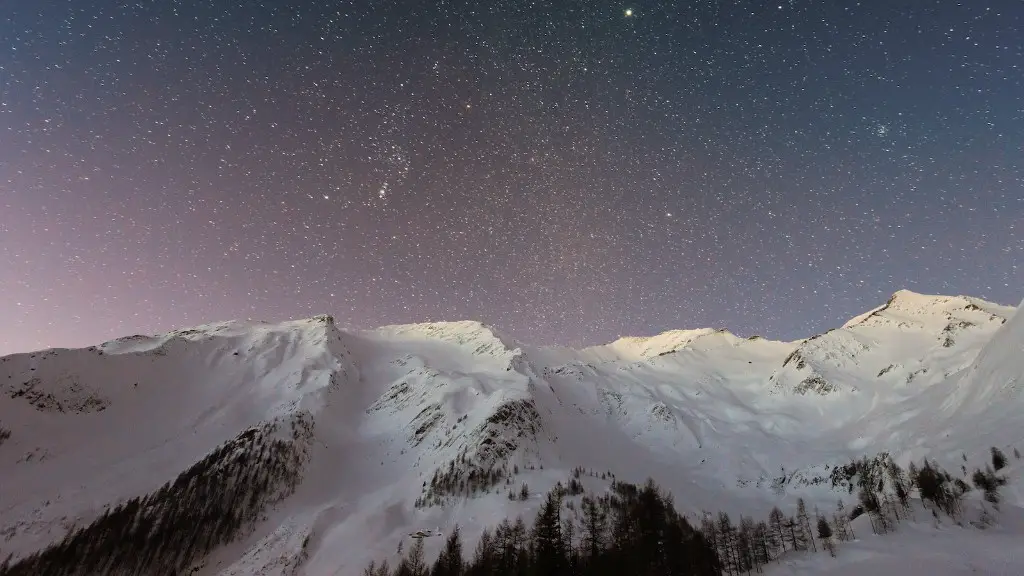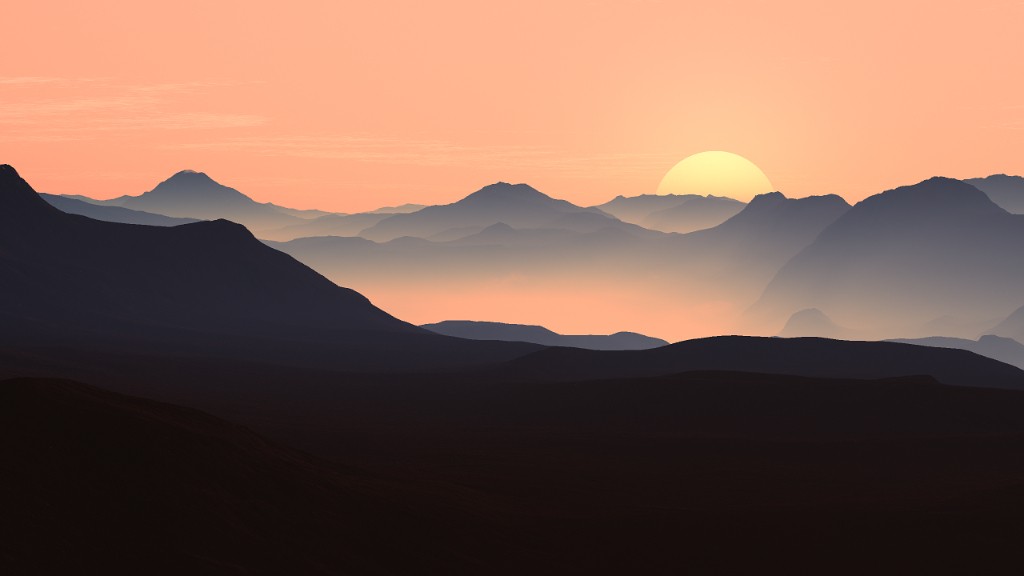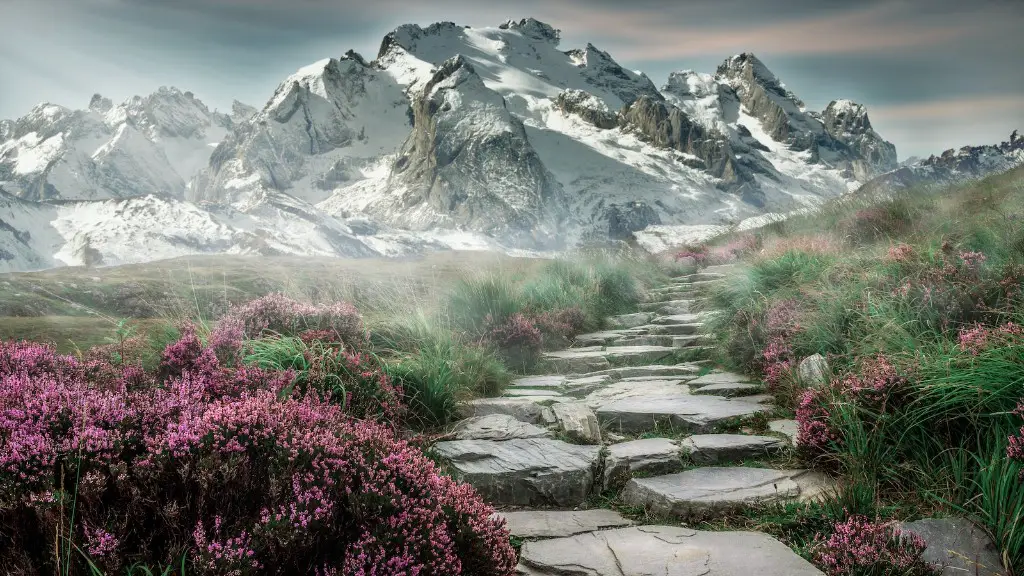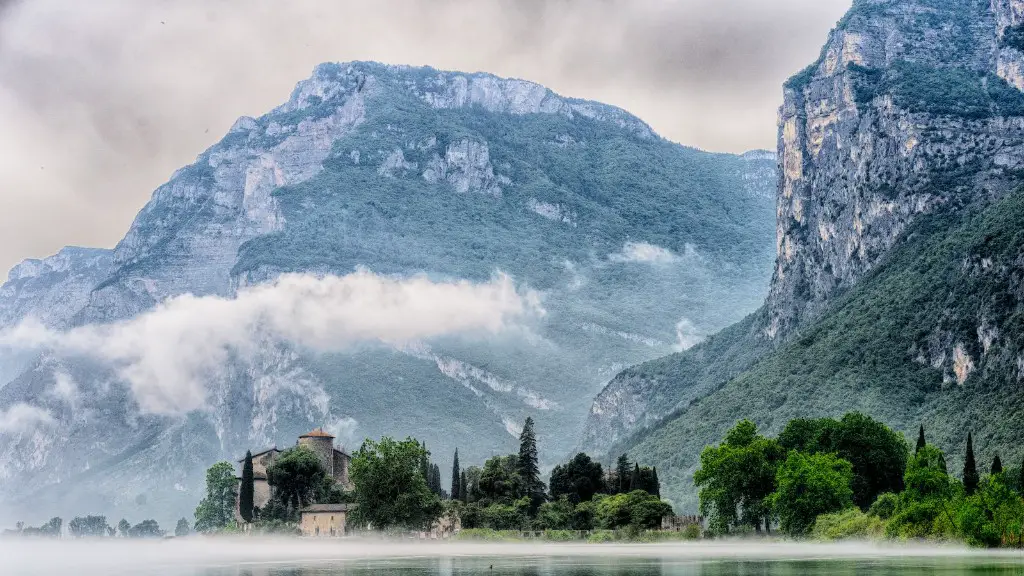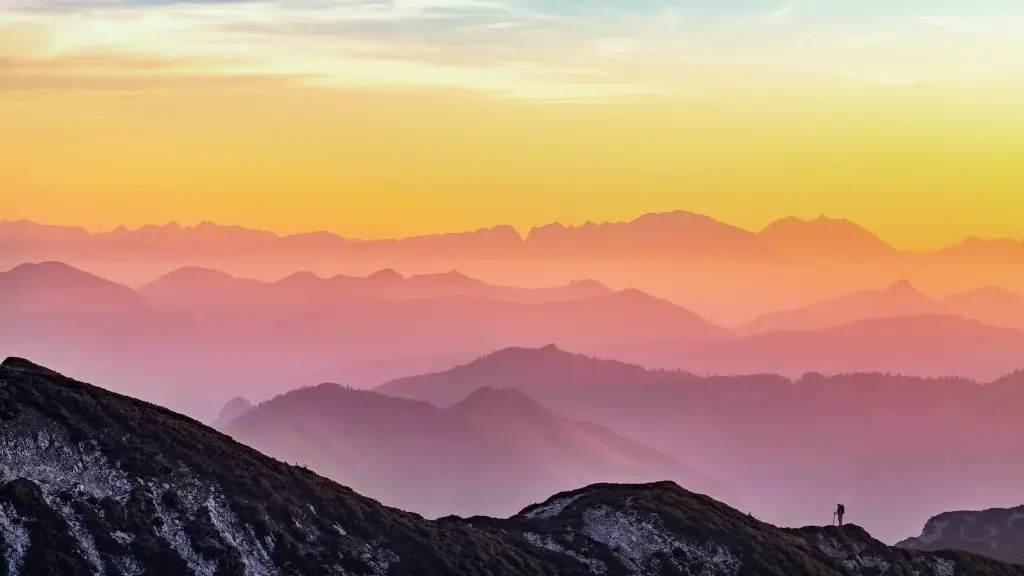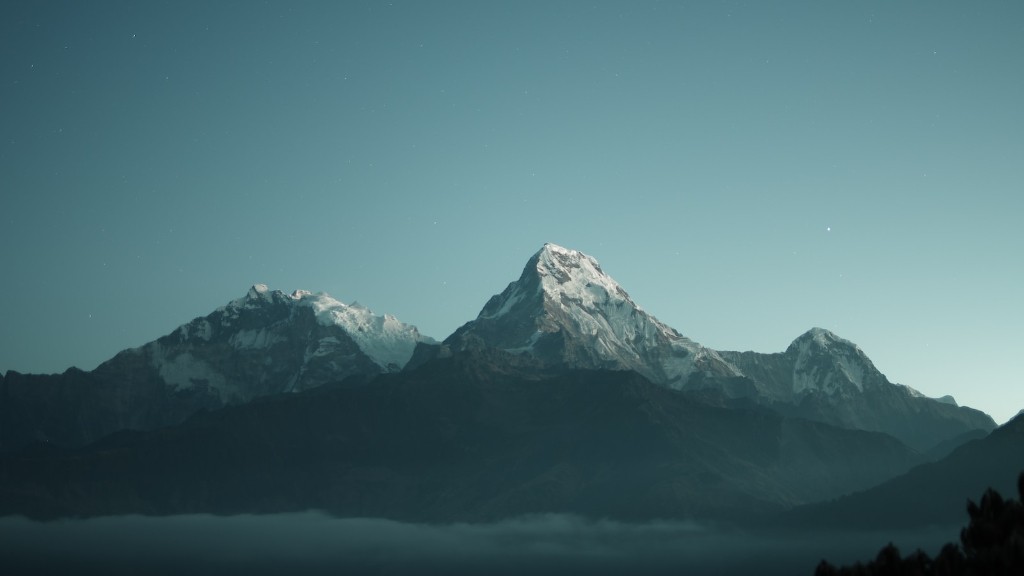Since Mount Everest is the tallest mountain in the world, it is no surprise that it is also one of the most popular sites for mountaineers. But what many people don’t realize is that there are still bodies on Mount Everest. In fact, there are an estimated 200 bodies that have not been recovered, and they are providing a valuable source of information for scientists.
Yes, there are still bodies on Mount Everest. As of May 2016, there were 195 bodies remaining on the mountain, according to study published in the Journal of Mountain Science.
Why don’t they take the dead bodies off of Everest?
It can be very difficult to remove bodies from Everest after someone has died. It can be costly, and in some cases, it can be deadly. Two Nepalese climbers died trying to recover a body from Everest in 1984.
It is estimated that there are more than 200 bodies on Mount Everest today. Many of these bodies are buried under avalanche snow or exposed on catchment basin slopes. Some of the bodies are sun-bleached and distorted. It is not known exactly how many bodies remain on Mount Everest, but it is certain that there are many.
What happens to dead bodies on Everest
Standard protocol for mountaineers is to leave the dead where they died. This is because the bodies can serve as warning signs to other climbers, as well as gruesome mile markers. One of the most famous corpses is known as “Green Boots”. This body is passed by almost every climber who reaches the death zone.
The number of people who have died while climbing Mount Everest has been declining in recent years. In 2021, only four people died on the mountain, and the number was lowered to two by 2022. As of November 2022, 310 people had died while climbing the world’s highest peak. However, the number of dead bodies left on Mount Everest isn’t accurate because of the harsh weather.
How cold is it at the top of Everest?
The weather and climate on Mount Everest is one of the most extreme on Earth. Temperatures at the summit are never above freezing and during January they can drop as low as -60° C (-76° F). Despite the low temperatures, the biggest issue faced by climbers is hurricane force winds and wind chill. These conditions can make it impossible to climb the mountain, even for the most experienced and well-prepared climbers.
Jordan Romero is an American mountain climber who was 13 years old when he reached the summit of Mount Everest. Rameo was accompanied by his father Paul Ramero and his step-mother Karen Lundgren, and three sherpas, Ang Pasang Sherpa, Lama Dawa Sherpa, and Lama Karma Sherpa.
What is the most famous dead body on Everest?
Green Boots was one of the many victims of the 1996 Mount Everest disaster, which was the deadliest year in the mountain’s history. Thanks to his bright green boots, his body became one of the most recognizable and photographed on the mountain. He has become a symbol of the dangers of mountaineering and a reminder of the human cost of our obsession with summiting the world’s highest peaks.
The death zone is the area above 8,000 meters (26,000 feet) where the air is so thin that the body cannot get enough oxygen to function. Although people can survive in the death zone for short periods of time, most of the climbers who have died on Mount Everest have died in the death zone.
The media is now advising people not to stay in the death zone for more than 16 to 20 hours. Even shorter stays can be deadly.
If you are planning to climb Mount Everest, be sure to take this advice into consideration. It could save your life.
How much does it cost to climb Everest
The cost of climbing Everest has increased significantly in recent years, and is now much more expensive than it was in 2017. Taking a trek up Everest in 2022 will cost you anywhere from $30,000 to $160,000, with the average falling somewhere around $45,000. This is a significant increase from the cost of climbing Everest in 2017, which ranged between $28,000 and $120,000. The reason for this increase is likely due to the increasing popularity of Everest treks, as well as the increasing costs of permits and other fees associated with climbing the mountain.
Since 1953, more than 300 climbers have died while attempting to summit Mount Everest. A third of these fatalities can be attributed to the lack of oxygen at high altitudes, which can lead to conditions such as cerebral edema and pulmonary edema. While modern climbing equipment and techniques have made summiting Everest easier and safer than ever before, the dangers of the mountain cannot be completely eliminated. As such, climbers must always be mindful of the risks involved and be prepared to turn back if conditions become too perilous.
Who is Sleeping Beauty on Everest?
Francys Arsentiev was an amazing mountain climber who tragically passed away on Mount Everest in 1998. She was the first American woman to summit the world’s tallest mountain, and she did it without any oxygen or Sherpa support. Sadly, she succumbed to exhaustion on the way back down and was given the nickname “Sleeping Beauty” by other climbers. Her story is one of great achievement and tragic loss.
The disaster in question was that of a 1996 expedition of Indian climbers in which only one survived. The most famous body ever to grace the peak was one of these climbers, whose body remains on the mountain to this day.Known for his bright-green footwear, mountaineers call him “Green Boots”.
Can a helicopter reach the top of Everest
Didier Delsalle is a highly skilled and experienced fighter pilot and helicopter test pilot. On May 14, 2005, he made history by becoming the first person to land a helicopter on the summit of Mount Everest. This impressive feat is a testament to his exceptional piloting abilities. Delsalle is a true pioneer in the field of aviation, and his achievement is an inspiration to all.
Green Boots was a nickname given to an unidentified climber who died on Mount Everest in1996. The body remains on the mountain and is used as a marker by climbers. In recent years, there have been reports that Green Boots’ body had been removed from the mountain, but these reports are false.
Who was to blame for the 1996 Everest disaster?
Krakauer blamed inexperienced climbers and the guides who agreed to lead them, in return for large sums of money, for the tragedy. He said that the tragedy could have been avoided if the climbers had more experience and the guides had not been so greedy.
Assuming you are asking for a note on the average temperatures on the summit of Mt. Everest, the warmest months, July and August, seem to average around -2°F-0°F (-16°C to -18°C) during the night and perhaps a few degrees above this during the day. I would speculate that the warmest temperature to ever be reached on the summit to be in the 10-15°F (range -10°C to -12°C) on still and sunny days.
Can I climb Mount Everest for free
Hey there!
If you’re interested in going on an amazing trekking adventure, but don’t want to pay for it, then this is the perfect opportunity for you! All you need to do is find ten people to join you on the trip, and you can get your place FOR FREE! So round up your friends and family and start planning your next adventure today!
On the peak of Everest, it can take minutes just to catch your breath. That’s because, at an elevation of 8,848 meters (29,029 feet), each breath contains one-third of the oxygen found at sea level. The air is so thin that your body has to work much harder to get the oxygen it needs.
Warp Up
There are definitely still bodies on Mount Everest. In fact, there are an estimated 200 bodies that have yet to be recovered from the mountain. Many of these bodies are located in very difficult to reach areas, and it is simply not possible to retrieve them all. As a result, there are likely to be bodies on Mount Everest for many years to come.
Although there are many bodies on Mount Everest, they are all frozen and most likely will never be found.
